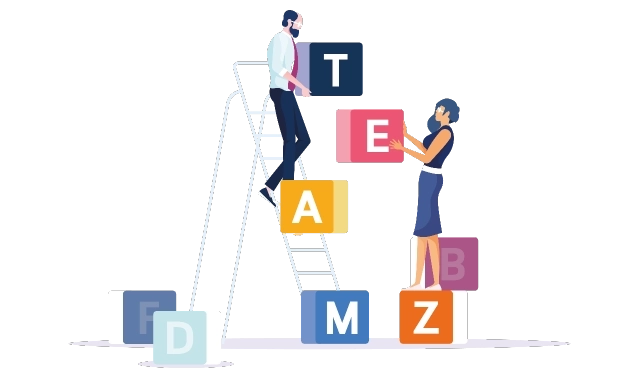More and more businesses are saying goodbye to on-prem data centers and moving their workloads to the cloud. Gartner estimates by 2025, 85% of organizations will use a cloud-first principle, and 95% of new digital workloads will be deployed on cloud-native platforms, more than triple the figure from 2021 (30%).
Migrating to the cloud brings with it a whole host of benefits, from scalability and reduced costs to availability and reliability. However, it also means rethinking security.
Keeping your network protected becomes even more complicated, given the rise of multi-cloud and hybrid-cloud networks. Distributing workloads across various cloud and on-prem infrastructure creates inherent visibility issues. Enterprise customers struggle to get a comprehensive view of their network when it is dispersed across different environments and providers.
This lack of visibility leads to operational governance blind spots with businesses trying to understand who is on their network and what they are doing.. While the network used to be the perimeter, the moat in the castle and moat model, it is now the last source of truth for what is truly going on.
Businesses may think they have a clear understanding of their cloud workloads. Still, when they look under the hood, they start to see new dependencies, parts of the network they didn’t realize were talking to each other, or out-of-date systems, components previously thought to be redundant.
It is surprising the number of enterprise customers that have limited controls in place to understand the data coming in and out of their network. Operators are in the perfect position to solve this, delivering cloud-native Intrusion Detection and Protection Systems (IDPSs) to protect multi-cloud networking customers.

